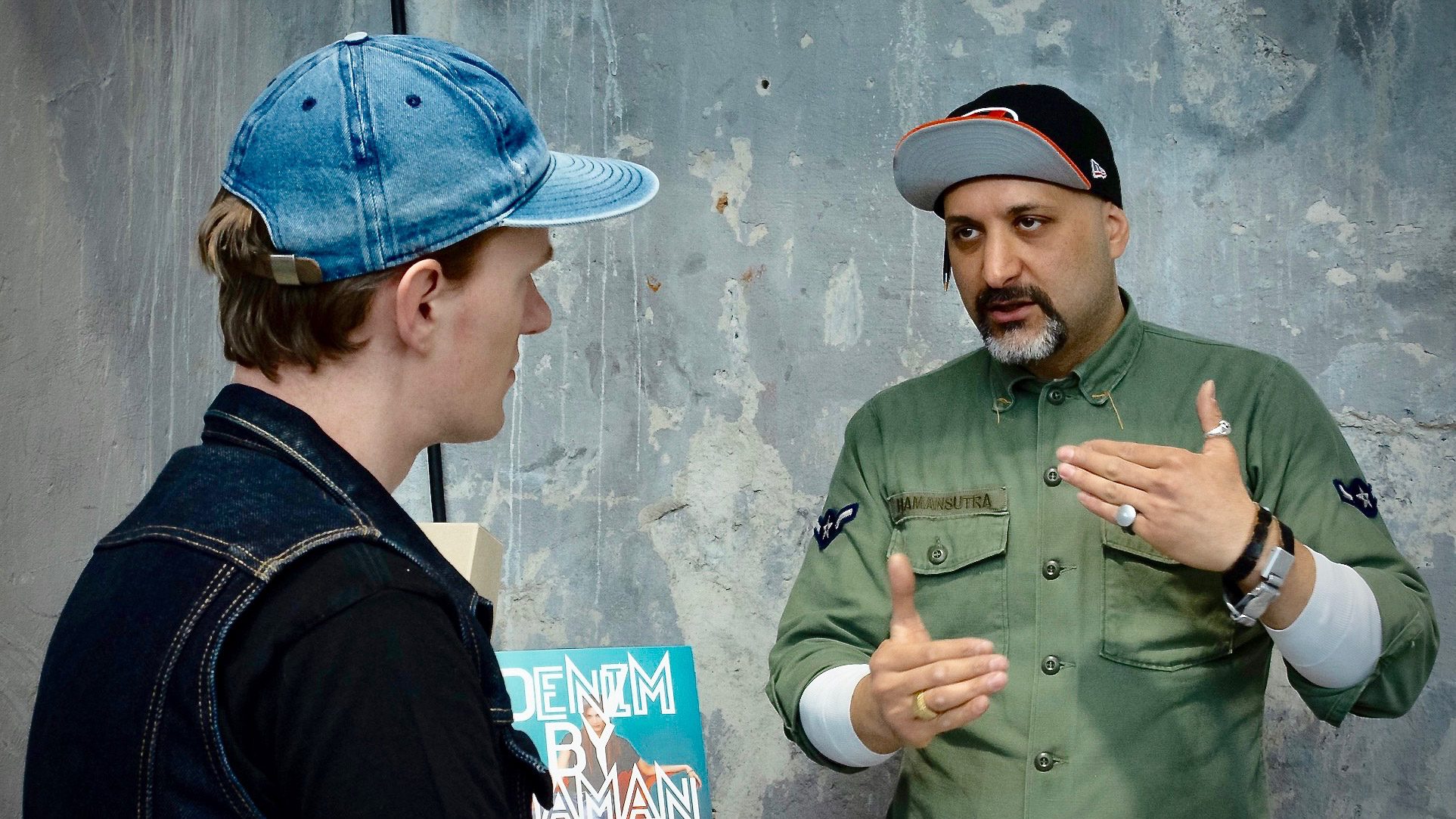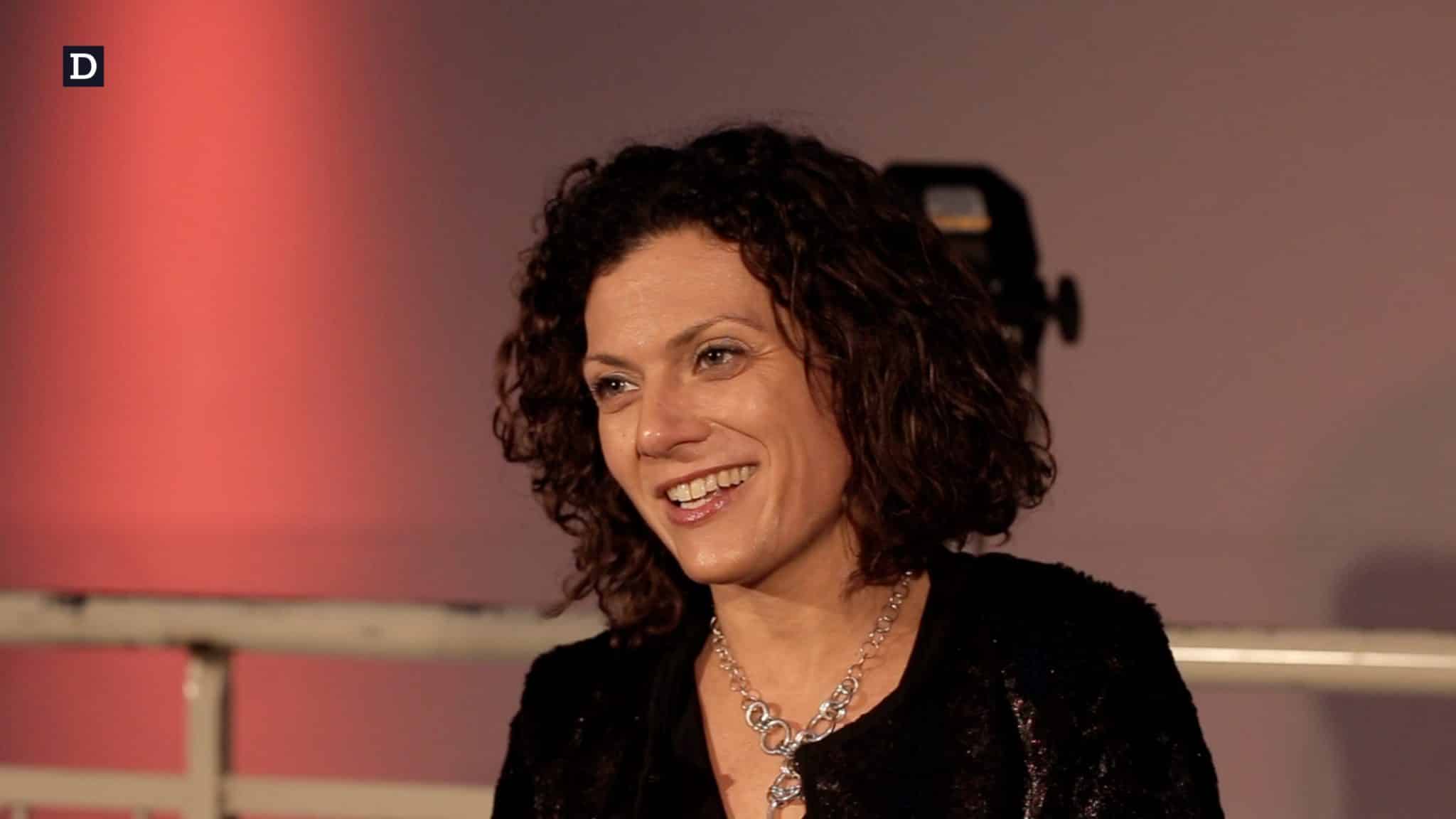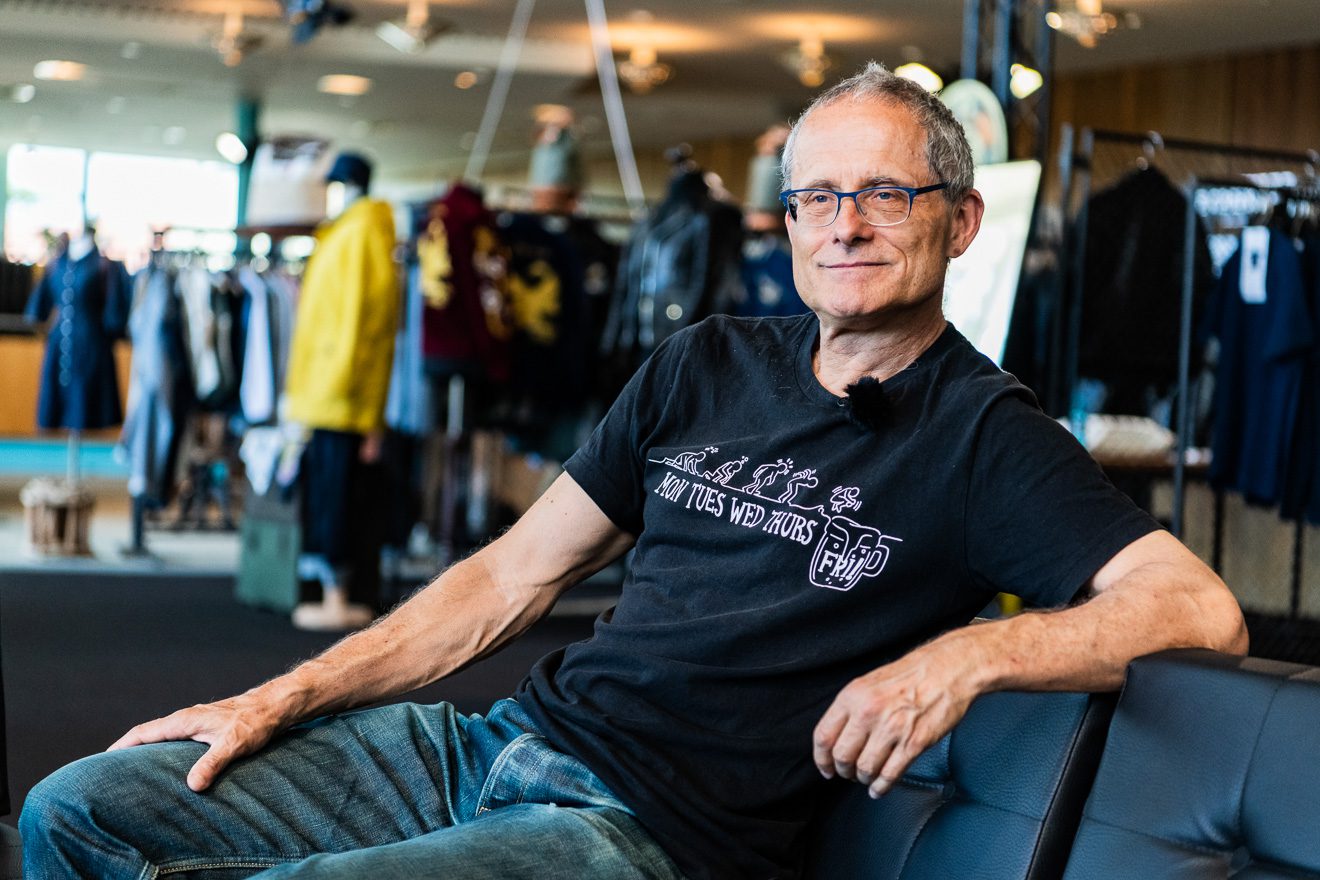This blog post and video production is sponsored by Bluezone, the independent show for denim and sportswear by Munich Fabric Start. The next show is September 4-5. Register here!
Experts Discuss the Problem of Sustainability in Denim
“If denim didn’t exist, we could never invent it,” Stefano Aldighieri said to me when we spoke on camera at Bluezone back in January.
We were talking about an omnipresent topic at denim trade shows; how denim can become more sustainable. But why do we keep talking about this?
The short answer is that denim is a big polluter. Making it requires water, chemicals and cotton—a raw material in high demand. When brought together in mass production, they have the potential to be polluting.
Denim also often undergo additional processing that other fabrics don’t. These processes add another component to the impact on the environment.
Although the industry is already in a phase of transition, it’s not enough. “If we keep doing it the same way,” Aldighieri warns, “we’re just criminals.”
How to Make Denim More Sustainable
Making denim require several processes. Some have more potential to be harmful than others. Take garment finishing for instance, which is also often called ‘washing’ or ‘pre-washing.’
I’m part of the generation that generated a polluting item,” Adriano Goldschmied admits. “Finishing is the segment that is more evident,” the Italian innovation points out. “But we don’t solve the problem if we don’t start at the beginning.”
We need to look at alternatives to cotton, Mohsin Sajid adds. We need to look at methods that require less water. And dyeing methods that aren’t damaging the earth.
That’s why mills like Candiani Denim invest heavily in alternatives to conventional dyeing. They’ve also developed denim that’s made entirely from recycled cotton, without compromising the authentic look that consumers want.
To change something in this business, it has to be greener, look better, and cost the same,” the Italian denim maker’s Global Marketing Director, Simon Giuliani puts it.
Other denim makers, too, are hard at work implementing production methods that conserve water; that maximise the use of resources; that recycle as much as possible.
“I think there are many companies that would love to do it; they probably feel it would be the right thing to do,” Stefano Aldighieri suspects. The problem is that it takes substantial investments, which many are not (yet) ready to make.
Another crucial part of the problem, as David Shah points out, is that the public doesn’t yet grasp it.
Prices Have Been Driven All the Way Down
The talk of sustainability in denim is nothing new, Shah reminds us. “We’ve been talking about it since 1990.” But it’s only recently that it’s caught the attention of the wider public, the British publisher argues.
“Suddenly, people are more interested in ‘is it recycled?’, ‘is it circular economy?,’ ‘is it sustainable?’ than the colour, the shape, and the fit.”
While this may be true for a niche of consumers, the majority still pays more attention to the price tag than anything else.
There are countries where you pay €3.65 for a washed jean,” denim developer, Maarten Wentholt argues. “And that’s the same as a cup of coffee.”
Indeed, prices have been pushed down to a limit that seems almost impossible. And consumers don’t really comprehend the consequences. Because they can’t see the difference between a sustainably-produced jean and one that’s not. And that’s led to overconsumption.
“We consume much more than what we really need,” says Goldschmied. “And it’s a kind of mechanism that’s not going to change.” Lenzing’s Tricia Carey agrees.
I think, especially in the West, we’re conditioned to continue to buy.”
She adds that consumers need to start making more conscious decisions. And the industry needs to help them buy products that have the right value and the least environmental impact.
They need to invest a little bit more to buy something that lasts a little bit longer. But it’s not going to be easy, Aldighieri predicts, because, as he says, “we’ve had decades of brainwashing.”
But while it may be a mammoth task, the experts I talked to have faith in consumers. “Sustainability will be like quality: a given,” Shah concludes. “We’ll all be making sustainable clothing.”
Simon Giuliani agrees. “It’s going to be like, ‘what I buy has to be sustainable!’”
Want more denim knowledge?
Stay tuned for more denim discussions. The next Bluezone by Munich Fabric Start show is on September 4-5, 2018. Register here!
Share





